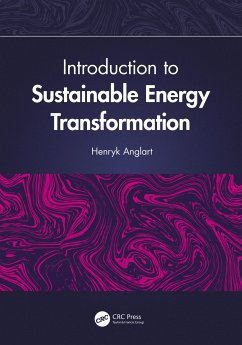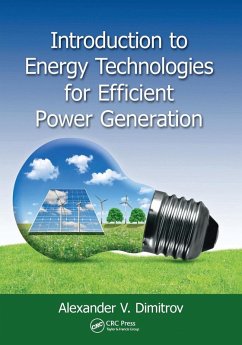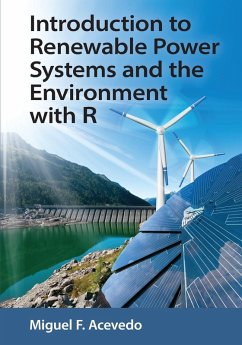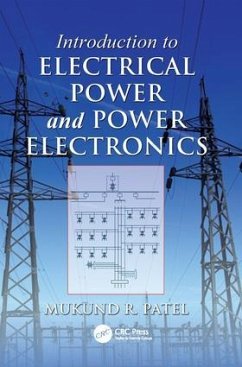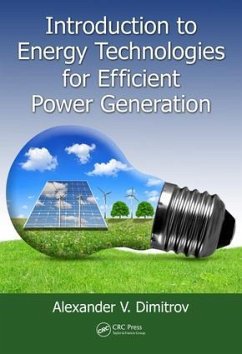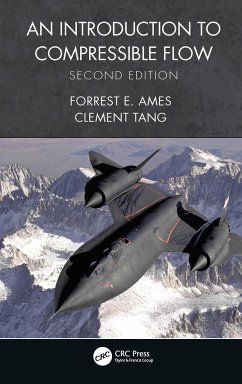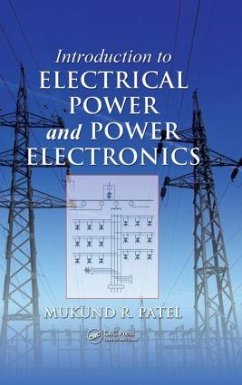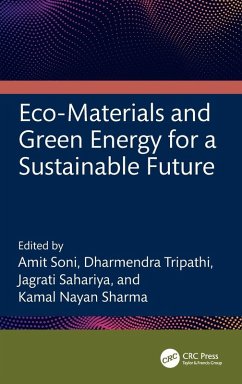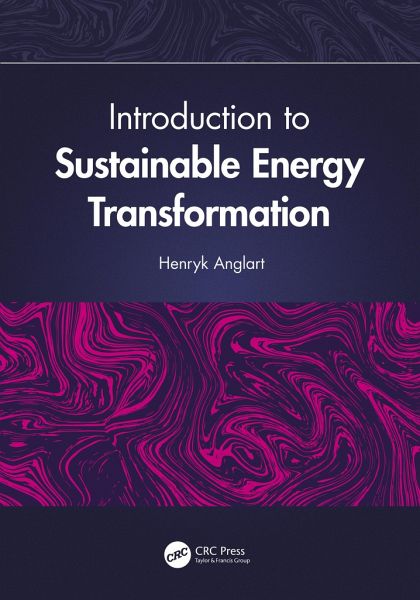
Introduction to Sustainable Energy Transformation
Versandkostenfrei!
Versandfertig in 1-2 Wochen
258,99 €
inkl. MwSt.
Weitere Ausgaben:

PAYBACK Punkte
129 °P sammeln!
This textbook provides an accessible introduction to various energy transformation technologies and their influences on the environment. Here the energy transformation is understood as any physical process induced by humans, in which energy is intentionally transformed from one form to another. This book provides an accessible introduction to the subject: covering the theory, principles of design, operation, and efficiency of the systems in addition to discerning concepts such as energy, entropy, exergy, efficiency, and sustainability. It is not assumed that readers have any previous exposure ...
This textbook provides an accessible introduction to various energy transformation technologies and their influences on the environment. Here the energy transformation is understood as any physical process induced by humans, in which energy is intentionally transformed from one form to another. This book provides an accessible introduction to the subject: covering the theory, principles of design, operation, and efficiency of the systems in addition to discerning concepts such as energy, entropy, exergy, efficiency, and sustainability. It is not assumed that readers have any previous exposure to such concepts as laws of thermodynamics, entropy, exergy, fluid mechanics or heat transfer, and is therefore an ideal textbook for advanced undergraduate students. Key features: Represents a complete source of information on sustainable energy transformation systems and their externalities. Includes all existing and major emerging technologies in the field. Chapters include numerous examples and problems for further learning opportunities.




